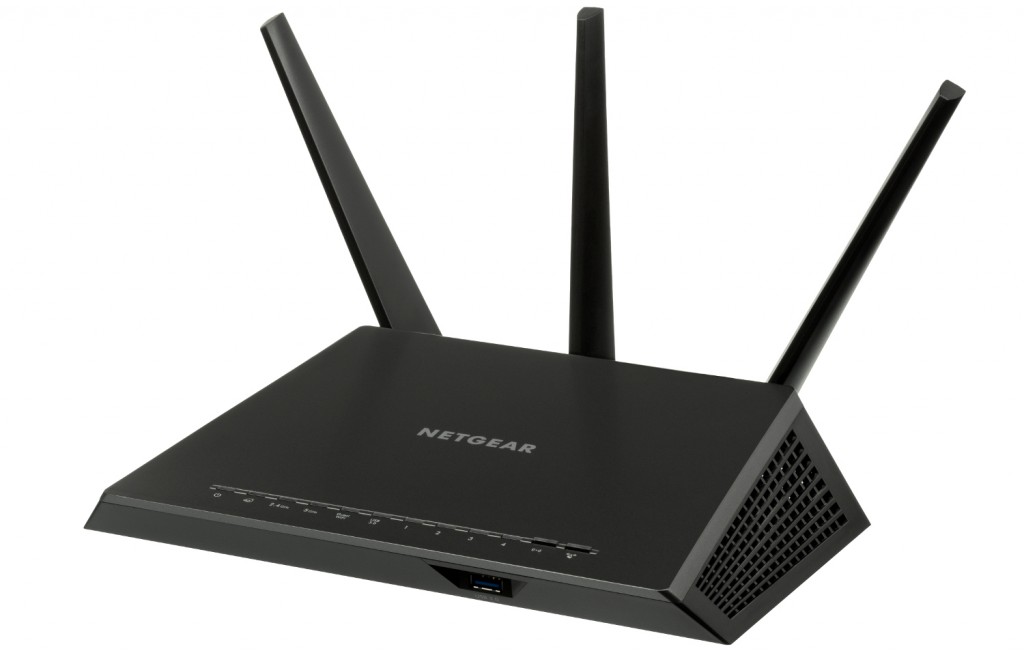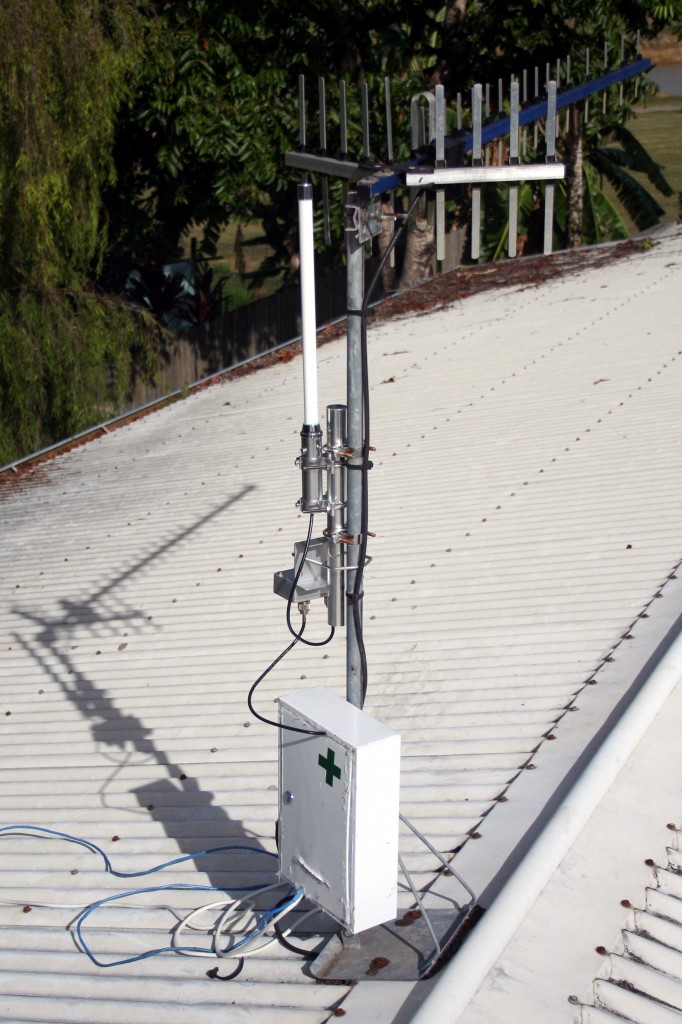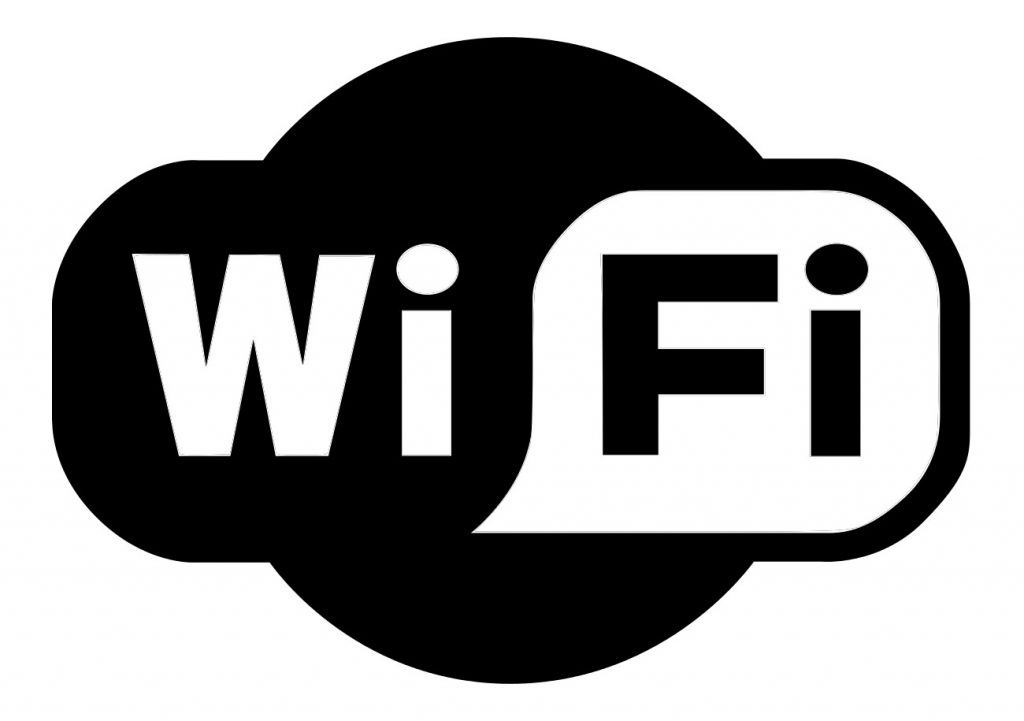What is Wi-Fi and how does it work?
Internet access has become integral to many of our lives, and a large part of that hinges on the ability to access Wi-Fi. We use Wi-Fi at our home, mostly, but we also access the internet through Wi-Fi at cafes, airports, and so on — and that’s not going to change anytime soon.
But how does Wi-Fi work in the first place? It’s a technology that we use every single day, but many don’t have even a basic grasp of the technology behind Wi-Fi and how it works. That’s why we’ve put together this guide.
What is Wi-Fi?
 Wi-Fi actually goes by quite a few names. It stands for Wireless Fidelity, but is more technically known as 802.11 — that’s because it covers the IEEE 802.11 technologies, in case you were wondering. Wi-Fi has a number of advantages — it’s super easy to set up and use regularly, and offers data speeds generally faster than most cellular networks — for now at least. Once it is set up, Wi-Fi generally emits frequencies between 2.4GHz and 5GHz, which varies based on the amount of data on the network and the router being used.
Wi-Fi actually goes by quite a few names. It stands for Wireless Fidelity, but is more technically known as 802.11 — that’s because it covers the IEEE 802.11 technologies, in case you were wondering. Wi-Fi has a number of advantages — it’s super easy to set up and use regularly, and offers data speeds generally faster than most cellular networks — for now at least. Once it is set up, Wi-Fi generally emits frequencies between 2.4GHz and 5GHz, which varies based on the amount of data on the network and the router being used.
There’s another advantages to Wi-Fi — it has become a global standard, meaning it’s compatible with virtually every modern computer, phone, and smart device.
The basics of how it works
The history behind the workings of Wi-Fi actually date back a long time. Wireless standards based on radio frequencies first started being used in the 1890s, which is when the first wireless radio system was performed. Later, the same technology was applied to TV, and later still, the internet.
Wireless internet can be thought of as an invisible game of catch, and it requires a few different components. First, you’ll need a transmitter, which acts kind of like the thrower and most commonly exists in the form of a wireless router. Then, there’s the receiver, or the catcher, which could be your phone or computer. Of course, in this scenario, we’re talking about downloading — if we want to change to uploading, the roles are reversed.
Information itself is coded as a pattern of electricity and magnetism — which can be understood by both the transmitter and the receiver. After the data is requested by the receiving device, it turn those electrical signals into an oscillating electromagnetic wave by making electrons in the antenna to vibrate. Those radio waves then travel through the air at the speed of light, which is a hefty 300,000km per second. The receiver then detects those vibrations and turns them into electrical signals that can be understood by the device.
The distance between the transmitter and the receiver largely depends on how powerful the two are — the more powerful they are, the greater the distance can be.
Most home routers are what connects home networks to the world of the internet, and they generally have a maximum range of around 90 meters, or 300ft.
Wi-Fi frequencies
Wireless networks transmit data at between 2.4GHz and 5GHz, which helps adapt to the needs of the user. Still, there are a number of different wireless standards. Here’s a quick rundown of them.
802.11
The original 802.11 wireless standard was developed in 1997, however  it unfortunately only supported a data transfer speed of 2Mbps, which become much too slow as data demands got higher. Because of that, 802.11 is no longer used as a standard.
it unfortunately only supported a data transfer speed of 2Mbps, which become much too slow as data demands got higher. Because of that, 802.11 is no longer used as a standard.
802.11a
This standard transmits data at a frequency level of 5GHz, and it uses an enhanced reception technology to divide its radio frequencies into smaller signals before they reach the router, which helps speed up the signals. Using this technology, information can be downloaded at up to 54Mbps. The downside of this technology is that it costs more to make.
802.11b
This frequency is similar to 802.11a except it uses a frequency of 2.4GHz rather than 5GHz — which is a relatively slow speed. As a result, the maximum data transmission speed is 11Mbps. On the flipside, however, a pro is that this tech costs less to create.
802.11g
Next up is 802.11g, which is even more similar to 802.11a. It also uses an enhanced reception coding, and as a result, while it only uses a 2.4GHz frequency, it can transmit data at up to 54Mbps. This tech was developed in 2002 and 2003, and it aims at combining the best of 802.11a and 802.11b.
802.11n
This is more advanced than any of the standards already mentioned, largely because it uses more than one antenna and operates at both 2.4GHz and 5GHz. Generally, this standard uses either two or three antennas, and as such it can operate at up to 450Mbps, if three antennas are used.
802.11ac
802.11ac is the most recent and most advanced wireless standard so far, and it’s sometimes referred to as Gigabit Wi-Fi. Contrary to the name, however, 802.11ac can support much larger speeds than 1Gbps. Instead, theoretically, it can support speeds of up to a whopping 7Gbps — although in the real world you won’t hit those speeds. Because of its much stronger signal strength, it has a much larger coverage area.
Closing
You should now have a somewhat better grasp on how Wi-Fi works. Sure, there’s a lot of tech in that router that we didn’t cover — but at the very least it should be easier to shop for a router knowing what the different wireless standards are and what they mean.
















